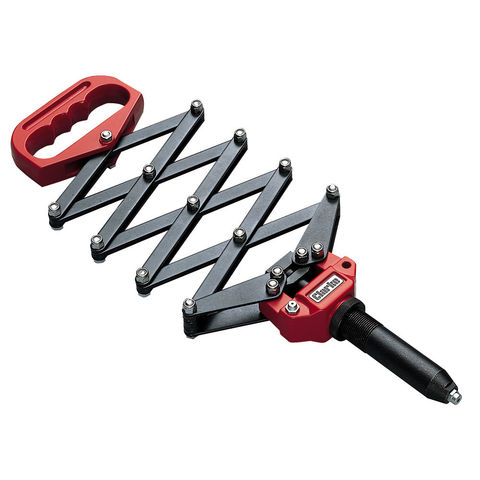Lonsdale73
Established Member
Following some advice on here I bought a Clarke rivet gun. Although described as 'new and unused' there was a mandrel wedged in it however, for the sake of the fiver it cost, that wasn't an issue. I guess it's possible that may have been left from a QC check? Did take a while to get it out.
It came with four nozzles, something like 2.4, 3.2, 4.0 and 4.8mm which I think appears to be the norm. I watched a video on how to use it, one of the key points being to use a nozzle which the mandrel just fits into. Picked up some 4mm rivets today and did a Goldilocks test to find the right nozzle to use. Small hand issues notwithstanding, I experienced a number of jammed mandrels. They were getting wedged in the inner jaws. On double-checking, seems I was using the 3.2mm nozzle not the 4mm I would expect to use. Could this be the cause of the jam or are jams common in these cheapy guns?
It came with four nozzles, something like 2.4, 3.2, 4.0 and 4.8mm which I think appears to be the norm. I watched a video on how to use it, one of the key points being to use a nozzle which the mandrel just fits into. Picked up some 4mm rivets today and did a Goldilocks test to find the right nozzle to use. Small hand issues notwithstanding, I experienced a number of jammed mandrels. They were getting wedged in the inner jaws. On double-checking, seems I was using the 3.2mm nozzle not the 4mm I would expect to use. Could this be the cause of the jam or are jams common in these cheapy guns?

































